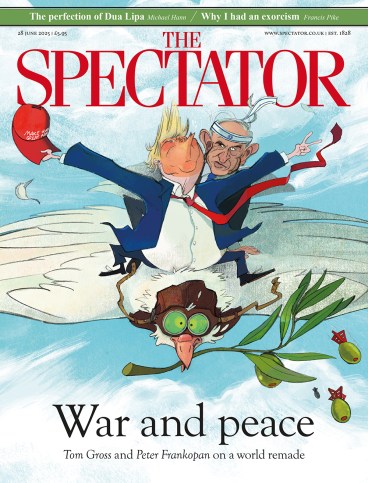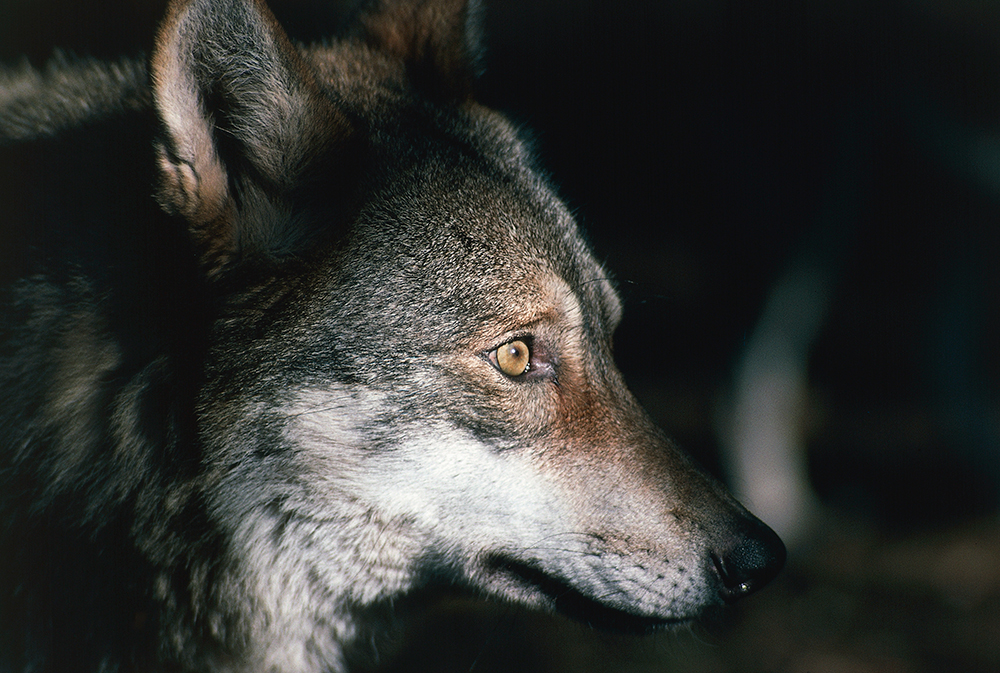
On 19 December 2011, at around 3.30 a.m., a young wolf in the mountains of southern Slovenia trots away from his pack and never looks back. For the next 90 days or so, Slavc (after Slavnik, the mountain of his home) lopes onwards, hardly stopping, fording fast rivers and traversing high passes, until at last, having cut a horseshoe loop through Austria, he crosses into Italy and stops in the picturesque Alpine plateau of Lessinia.
More than a decade later, Adam Weymouth follows in the same wolf’s padded footsteps. For Slavc, this is a journey into a landscape of confusing novelties, full of motorways and noise and anti-wolf country folk. Head down, a passing shadow in the night, he moves forwards, like ‘a ship sailing off the world’s edge’. What he finds across the horizon makes all his wandering worthwhile – a lone female from the Apennines, a nomad like him, with whom he quickly creates the region’s first wolf pack for more than a century.
For Weymouth, the journey – which he makes on foot, following coordinates generated by a GPS tracker attached to Slavc’s neck – is also peppered with action and adventure. A hardy traveller (his previous book recounts a 2,000-mile canoe trip across Alaska), he thinks little of bunking down beside the trail or squatting in abandoned outhouses. While cautious about anthropomorphising his lupine guide (‘I am not permitted to guess his thoughts’), his desire to ‘feel animal’ hovers close – as when he stands at the edge of a cliff over which Slavc had chased a horse to its death, or on the banks of a freezing river across which Slavc had swum. Yet the two are far from alike. Weymouth has a stove, and shop-bought food; Slavc has teeth. Weymouth wears warm clothes and waterproofs; Slavc makes do with fur.
There is another big difference. While the wolf thinks only of the present, his pursuer is weighed down by questions, some indeterminable. What made Slavc leave? (Meat and mating, most probably.) Did he know where he was going? (Unlikely.) How many wolves now inhabit Europe? (An estimated 21,000-plus.) How many human fatalities have they caused? (Six in the past century, compared with 16 as a result of dog attacks in the UK in 2023 alone.) Other questions seek to separate fact from fiction. Do werewolves exist? (No; but people were still executed on the charge of being them as late as the 18th century.) Did a she-wolf really wean Romulus and Remus? (Again, no; although women once nurtured wolf cubs, according to Euripides.)
Weymouth’s main concern is with what Slavc’s journey can teach us about modern Europe’s ‘faultlines’. The old ways are disappearing (farming, rural customs, the idea of nationhood), and the new is rushing in (migrants, climate catastrophe, community disintegration). What can the wolf reveal about these ‘between times’? Weymouth puts the question to those who cross his path, from dairy farmers and shepherds to hunters and rewilders.
The responses vary, but the underlying feeling is the same: fear. People are afraid – of the unknown, of the different, of the untamed. Here, the wolf is – and perhaps always has been – the perfect symbol. The thieving trickery of this ‘amoral outcast’ is seen as unbounded. Presented like that, parallels between the wolf and the economic migrant are all too clear (and perhaps convenient). Both arrive from the east; both ‘slip across borders unnoticed’; both threaten the status quo. Is such a comparison fair or rational? No; but that won’t alter how people feel.
A self-confessed urban romantic, Weymouth wishes we could all just get along together – wolf, migrant and rustic local. Admirably, he doesn’t try to disabuse his interlocutors of their fears. They are real. Loss of cultural diversity is, he notes, as serious as its biodiversity equivalent. Blaming wolves, whether real or imaginary, is misplaced. Yet, tackling root problems such as late-stage capitalism or the Common Agricultural Policy is far harder. As he wryly acknowledges: ‘To shoot a wolf… gives at least the illusion of control.’
The book is more fun than it sounds. Weymouth’s polished prose captures both the joy and beauty of his peculiarly inspired trek. He can also be witty, as with his line about rows of snow cannons ‘lined up in batteries, taking aim at climate change’. He never sees a wolf in the wild, but, camping out one night in Slovenia, a lynx passes close to his tent. In a flash, all his questions disappear. He merely sits there, acutely aware of his vulnerability, his earthy nature stirred, moved that human and predator should share the same space, ‘both parts of a bigger whole’. If for that feeling alone, wolves deserve their place in our crowded modern world.







Comments